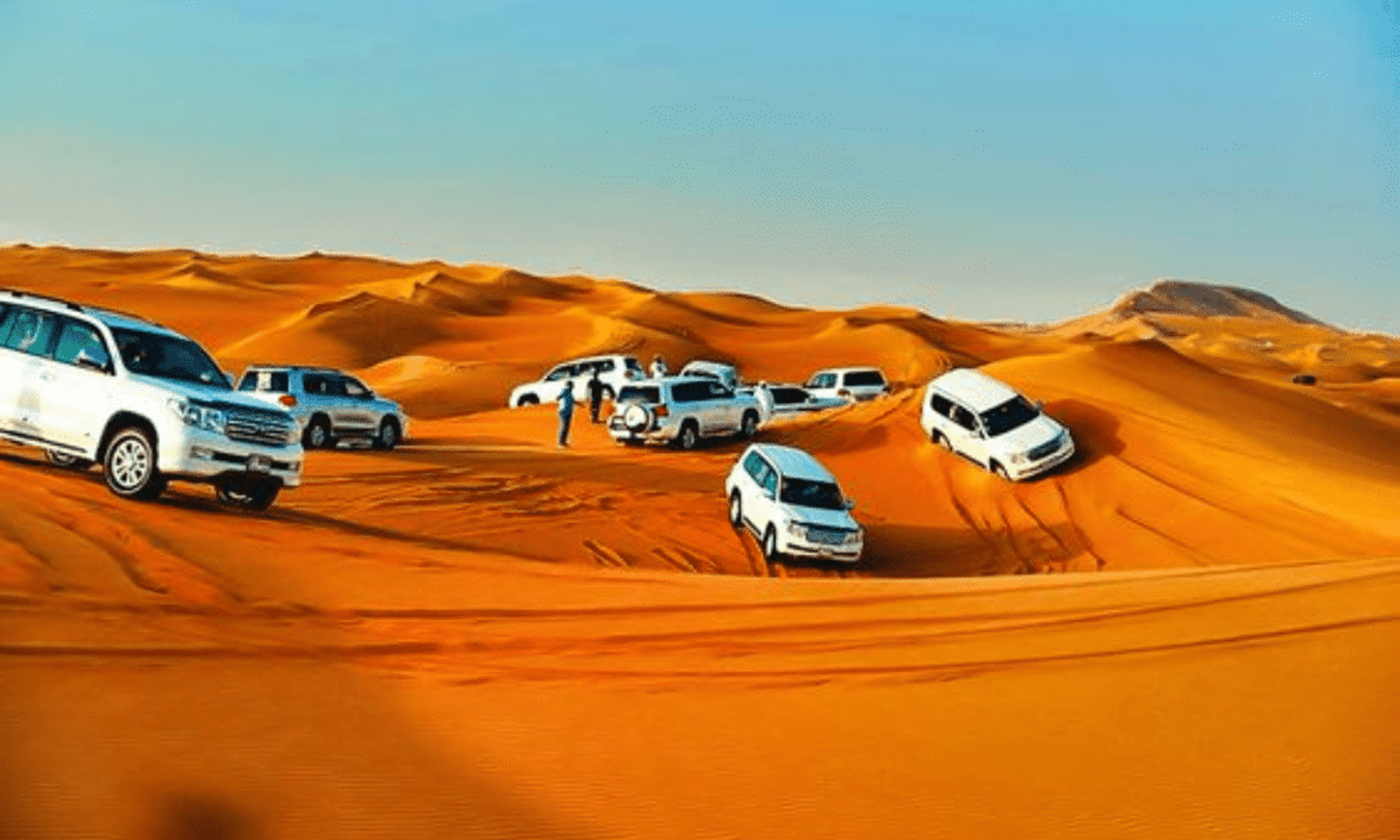
Dubai
Dubai’s a fascinating place, a city that feels like it’s trying to outdo itself every year. It’s one of the seven emirates that make up the United Arab Emirates (UAE), perched on the southeastern edge of the Arabian Peninsula along the Persian Gulf. What started as a small fishing and pearling village in the 18th century turned into a global hub for trade, tourism, and innovation, mostly thanks to its strategic location and some savvy leadership.
The city’s modern history kicks off around the 1960s when oil was discovered. That black gold gave Dubai the cash to start dreaming big, but unlike some other oil-rich spots, it didn’t just sit on the wealth. The ruling Al Maktoum family, especially Sheikh Rashid bin Saeed Al Maktoum and later his son Sheikh Mohammed bin Rashid Al Maktoum, pushed to diversify. Today, oil accounts for less than 1% of Dubai’s GDP—most of its money comes from trade, tourism, real estate, and financial services. They’ve got a knack for reinvention; the city’s basically a giant experiment in what happens when you throw ambition and capital at the desert.
Geographically, Dubai’s got a coastline of about 72 kilometers, and it’s split by the Dubai Creek, a saltwater inlet that’s been the heart of its trading history. The city sprawls across roughly 4,114 square kilometers, though most of the action happens in a smaller urban core. It’s hot as hell—summers regularly hit 40°C (104°F) with humidity that makes you feel like you’re swimming through the air. Winters are milder, around 20-25°C (68-77°F), which is why that’s peak tourist season.
Population-wise, Dubai’s a melting pot. As of 2023 estimates, it’s got around 3.6 million people, but only about 10-15% are Emirati nationals. The rest are expats—Indians, Pakistanis, Filipinos, Europeans, Americans, you name it. That diversity shows up in the food, the languages (English is as common as Arabic), and the culture, which blends Bedouin traditions with a hyper-modern vibe. You’ll see guys in traditional kanduras next to influencers snapping pics for Instagram.
Economically, Dubai’s a beast. It’s got the world’s busiest international airport (Dubai International), a port (Jebel Ali) that’s one of the largest man-made harbors globally, and free zones like the Dubai International Financial Centre (DIFC) that attract businesses with zero-tax promises. The city’s also a logistics hub—about 60% of goods entering the Middle East pass through here. And then there’s tourism: 16-20 million visitors a year come for the glitz—think Burj Khalifa (the tallest building in the world at 829.8 meters), the Dubai Mall (one of the biggest), and man-made islands like the Palm Jumeirah.
Culturally, it’s a mix. On one hand, you’ve got Islamic traditions—mosques, calls to prayer, Ramadan shaping the rhythm of life. On the other, you’ve got a nightlife that rivals Vegas, with beach clubs, rooftop bars, and concerts by global stars. Alcohol’s available in licensed spots (mostly hotels), and while the city’s liberal compared to its neighbors, there are still strict laws—public intoxication or PDA can land you in trouble. Same with drugs; zero tolerance means you don’t mess around.
The architecture is bonkers. Beyond the Burj Khalifa, you’ve got the Burj Al Arab, a sail-shaped hotel that screams luxury, and the Dubai Frame, a literal picture frame offering panoramic views. Then there are the souks—traditional markets selling gold, spices, textiles—right next to malls with indoor ski slopes (Ski Dubai). The city loves its superlatives: biggest, tallest, first. They’re even building the Dubai Creek Tower, which might top 1,300 meters if it’s ever finished.
